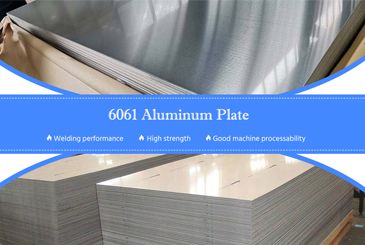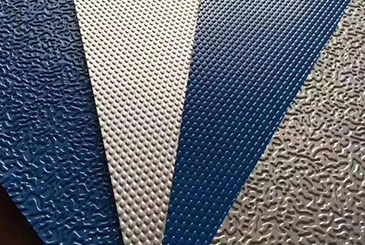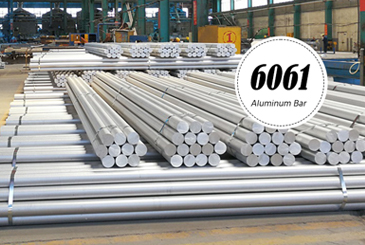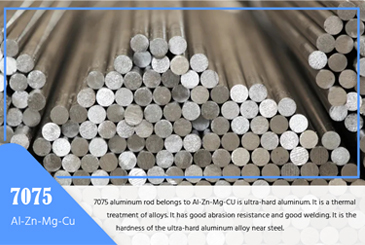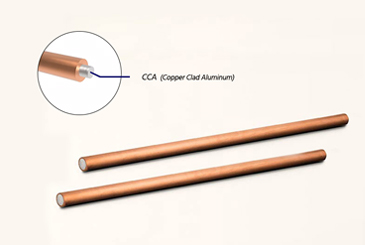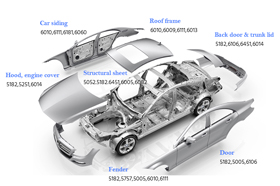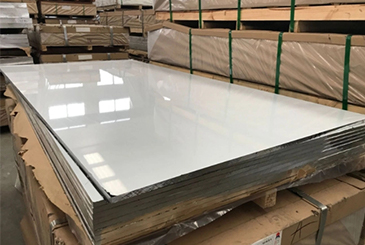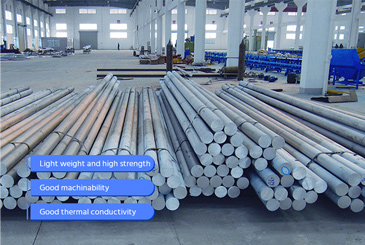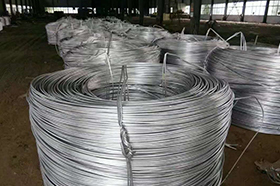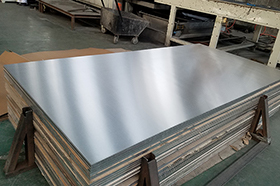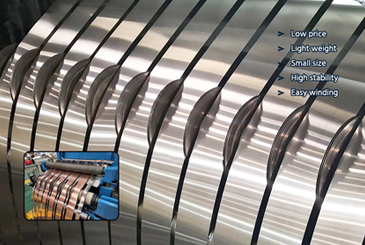1. Elastic limit
The maximum stress a material can withstand without experiencing permanent strain upon stress release.
2. Elastic modulus
The ratio of stress below the proportional limit to the corresponding strain; Young's modulus is a specific case under linear stress-strain conditions.
3. Poisson's ratio
The negative ratio of transverse strain generated by axial stress below the material's proportional limit to the corresponding axial strain.
4. Strain
The unit change in dimensions and shape of a specimen caused by external forces.
5. Engineering strain
The axial change in the original length relative to the original length.
6. Linear strain
The strain component in a given linear direction.
7. True strain
The natural logarithm of the instantaneous length-to-original length ratio before necking occurs.
8. Stress
The force or force component acting at a point on a specimen in a given plane divided by the strength at that point.
9. Engineering stress
Axial stress calculated based on the original cross-sectional area, the ratio of applied force to the original cross-sectional area.
10. Creep curve
The strain-time relationship curve during a creep test.
11. Creep rupture time
Time required for a specimen to deform under defined tensile stress until rupture at a specified temperature.
12. Creep strength
Stress causing defined strain during constant temperature and time in a creep test.
13. Elongation
Percentage ratio of the elongation to the original gauge length or reference length.
14. Creep rupture elongation
Percentage ratio of the permanent reference length increase to the original reference length after creep rupture.
15. Initial plastic elongation
Non-proportional increase in reference length due to applied test force, expressed as a percentage of the reference length.
16. Reduction of area
Percentage ratio of the maximum reduction in cross-sectional area after fracture to the original cross-sectional area.
17. Tensile strength
The stress corresponding to the maximum force endured before fracture of the specimen.
18. Compressive strength
For brittle materials, the maximum compressive stress during fracture; for ductile materials that fail without crushing during compression, compressive strength depends on prescribed strain and specimen geometry.
19. Shear strength
Shear stress corresponding to the maximum torsional moment.
20. Yield strength
Stress at which plastic deformation occurs without further increase in force in materials showing a yield phenomenon.
21. Upper yield strength
The highest stress value before the initial decrease in force.
22. Lower yield strength
The lowest stress value during yielding, excluding initial transient effects.
23. Compressive stress
Actual compressive force on the specimen during testing divided by its original cross-sectional area.
24. Compressive yield strength
Compressive stress at which plastic deformation continues without force increase during testing.
25. Compressive elastic modulus
Compressive stress-to-strain ratio when stress-strain relationship is linear during testing.
26. Endurance limit
The maximum stress a specimen can endure for a defined time without fracturing at a specified temperature.
27. Endurance rupture elongation
Percentage ratio of post-endurance rupture elongation to the original reference length at room temperature.
28. Endurance reduction of area
Percentage ratio of the maximum reduction in cross-sectional area after endurance rupture to the original cross-sectional area.
29. Endurance notch sensitivity coefficient
Ratio of stress at the same endurance time for notched and smooth specimens or the ratio of endurance time at the same stress.
30. Relaxation stress
The decrease in stress on the specimen at any given time during stress relaxation testing, i.e., the difference between initial stress and residual stress.
31. Relaxation stress rate
Rate of stress reduction per unit time, the slope of the stress relaxation curve at a given moment.
32. Brinell hardness
Material's resistance to permanent indentation deformation caused by applying test force with a hard alloy ball indenter.
33. Indentation hardness
Specific value expressed in units of average pressure exerted by a prescribed geometric shape and sized indenter under specific test conditions and within a specified number of test cycles.
34. Vickers hardness
Material's resistance to permanent indentation deformation caused by applying test force with a diamond pyramid indenter.
35. Rockwell hardness
Material's resistance to permanent indentation deformation caused by applying test force with a diamond pyramid or a steel ball indenter or a diamond cone indenter corresponding to a certain scale.
36. Shore hardness
Material's resistance to permanent indentation deformation caused by applying test force with a hard alloy or steel ball indenter, or a diamond cone indenter corresponding to a specific scale.
37. Brinell hardness
Material's resistance to permanent indentation deformation caused by applying test force with a diamond tetrahedral pyramid indenter.
38. Leeb hardness
Hardness calculated based on the ratio of the rebound velocity of a striker with a specified mass at a given velocity to the impact velocity at a distance of 1mm from the specimen's surface.
39. Impact absorption energy
Energy value indicated by a pointer or other indicator during an impact test, expressed as VU.
40. Brittle fracture percentage
Percentage of the fracture area showing brittle characteristics in relation to the total fracture area of the specimen.
41. Ductile fracture percentage
Percentage of the fracture area showing ductile characteristics in relation to the total fracture area of the specimen.
42. Shear fracture percentage
Quantitative evaluation of the fracture surface characteristics near the notch root (initiation region), remaining ligament, and final fracture region on both sides of a fractured Charpy V-notch impact specimen, used to estimate the ductility of body-centered cubic iron-based alloys.
43. Fracture toughness
Resistance to crack propagation under quasi-static loading conditions.
Please note that these translations are quite technical, and some terms may have specific meanings in the context of material science and mechanics. If you have any questions about specific terms or concepts, feel free to ask!


